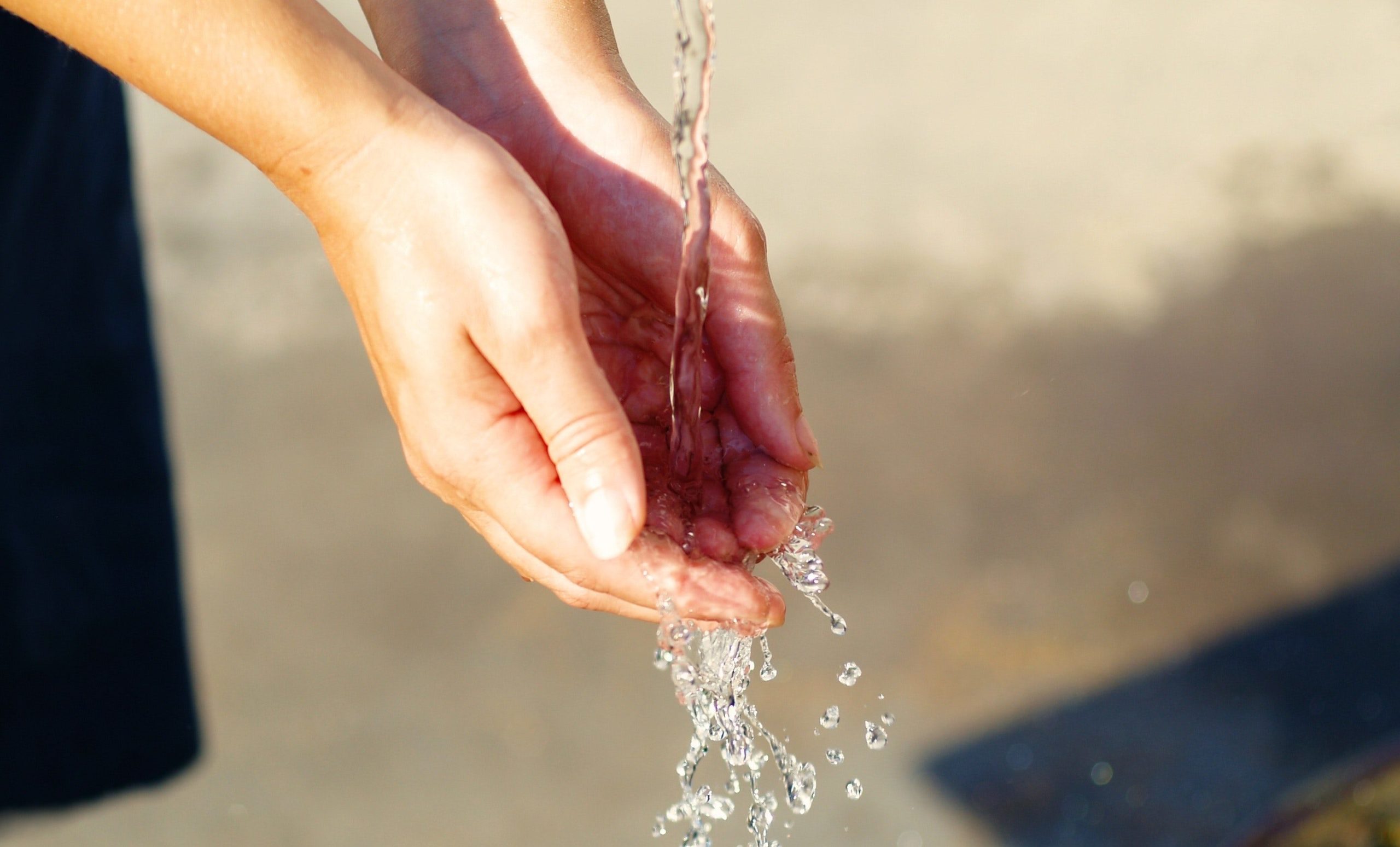Guernsey Water has confirmed that 58 pesticide detections have been identified in the first three months of 2023.
This included one pesticide identified in streams that had not been detected in 17 years.
It is appealing to everyone to avoid using pesticides wherever possible and has also urged businesses to consider whether they can reduce their use of chemicals to prevent them from getting into streams.
Guernsey Water has warned that if the levels of these chemicals rise “significant investment” could be required in the island’s water treatment works, which would increase customer bills.
It has also cautioned that pesticide detection has resulted in the loss of use of million of litres of water which in turn increases the risk of drought if the summer months are dry.
Last year the utility advised that around 250 million litres of water from the Vale Pond water catchment could not be collected due to pesticide levels.
According to water quality risk manager at Guernsey Water, Margaret McGuinness, glyphosate has been under the spotlight recently because it is now banned from use in most situations.
But she said that does not mean that other pesticides should be used without any thought to their effects.
McGuinness added:
“With more severe droughts predicted for the future, the fact we are having to divert millions of litres of water to sea to safeguard the island’s water supply is significant and concerning,” she said.
“We protect drinking water quality by monitoring and carefully selecting which streams we collect water from and blending it in our reservoirs.
“If the level of pesticides in a stream becomes a concern, we divert it away from our reservoirs, so we are asking islanders to reconsider their use of pesticides to help us collect more water and protect the island from drought.”
Guernsey Water is also urging people to monitor their pesticide and herbicide use on driveways, paved areas and near streams as applications can “quickly wash away into watercourses when it rains”.
When a pollution incident occurs and the source of the incident is identified, the Office of Environmental Health and Pollution Regulation has powers to take action.

